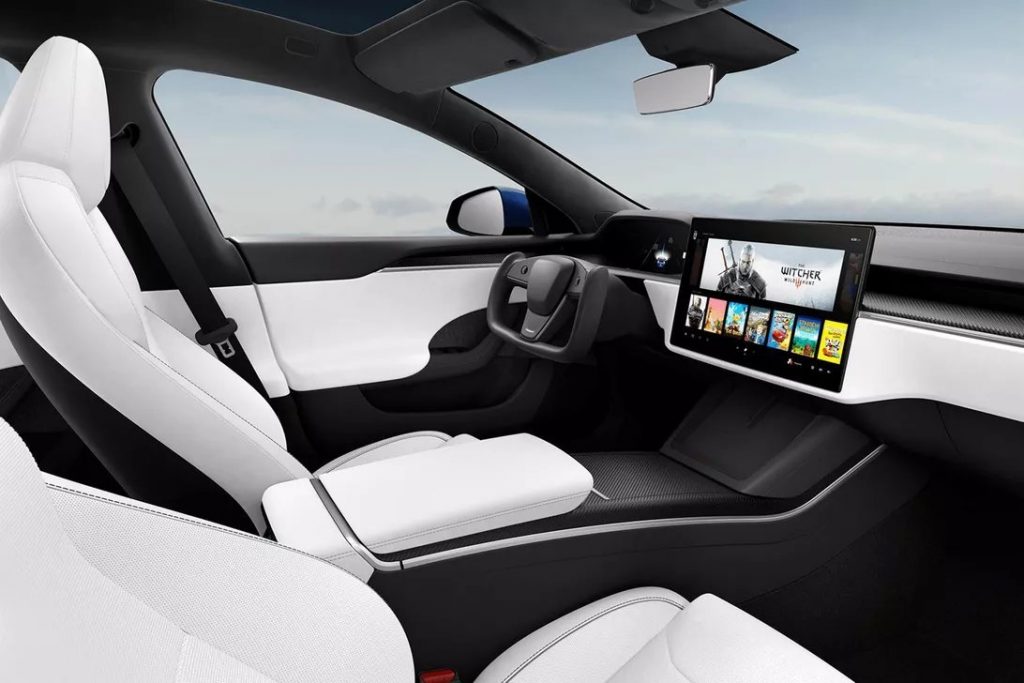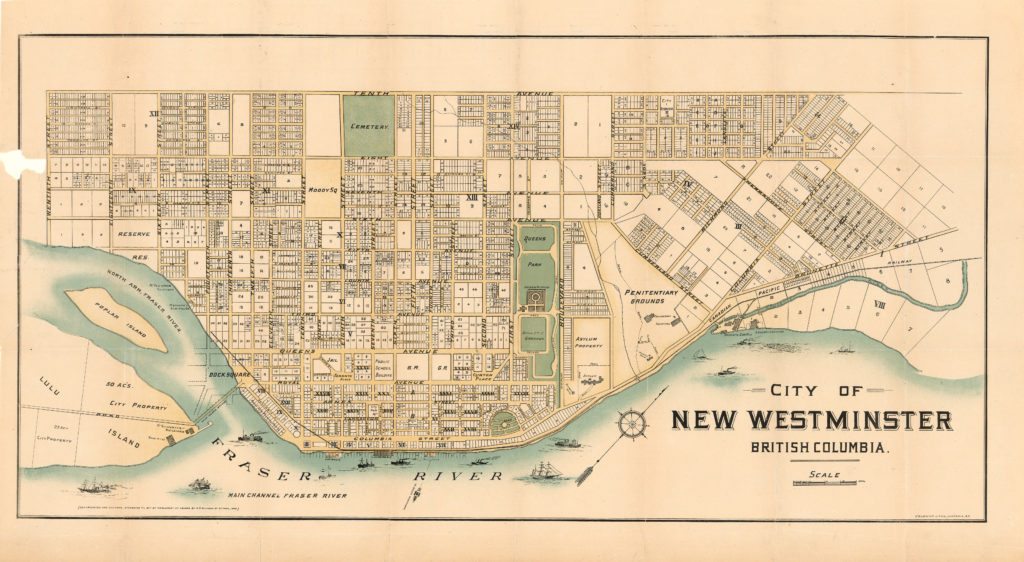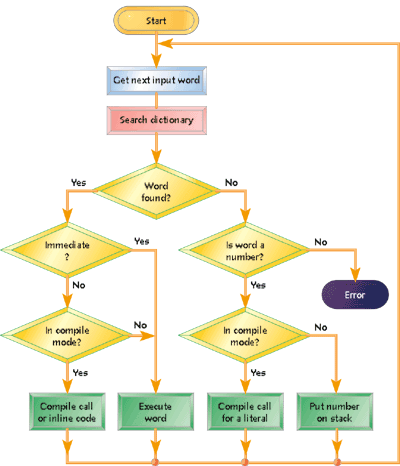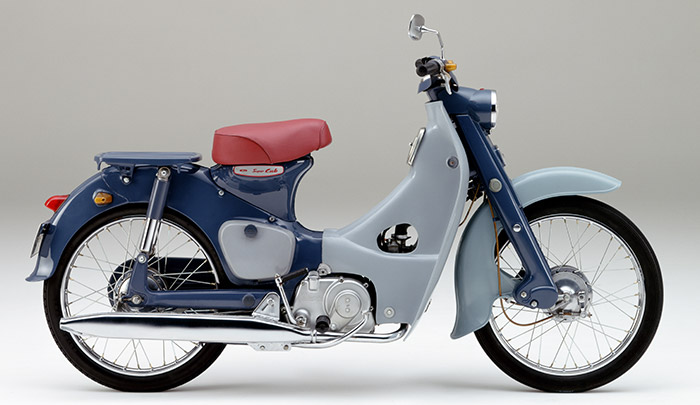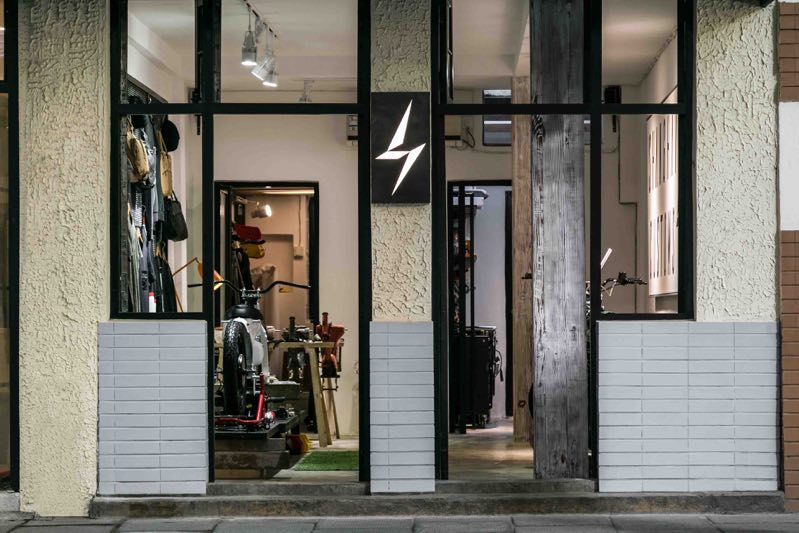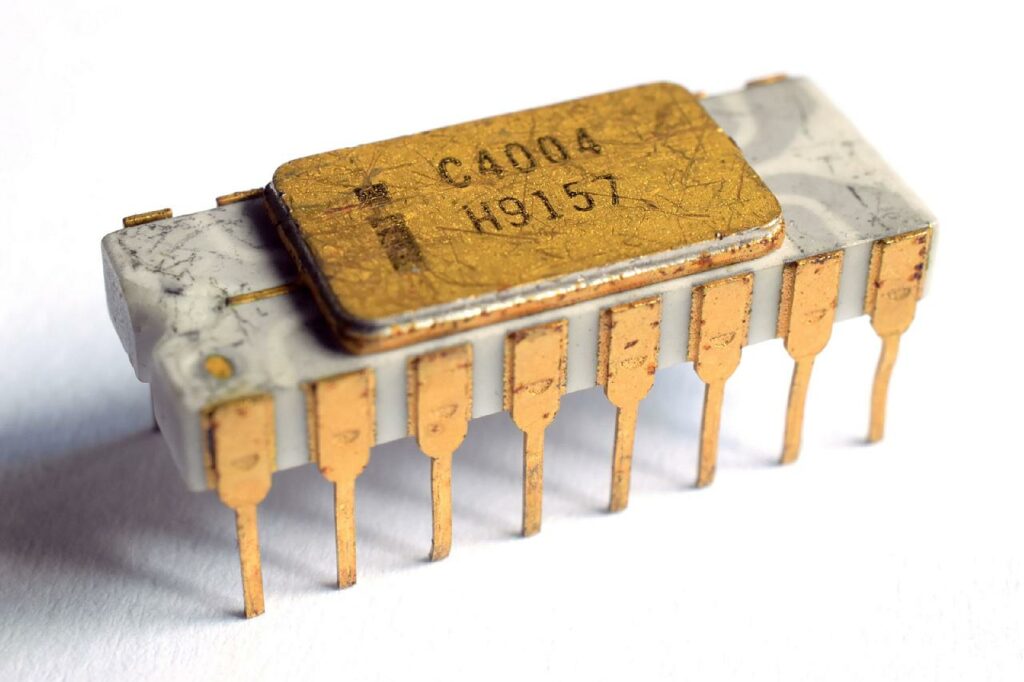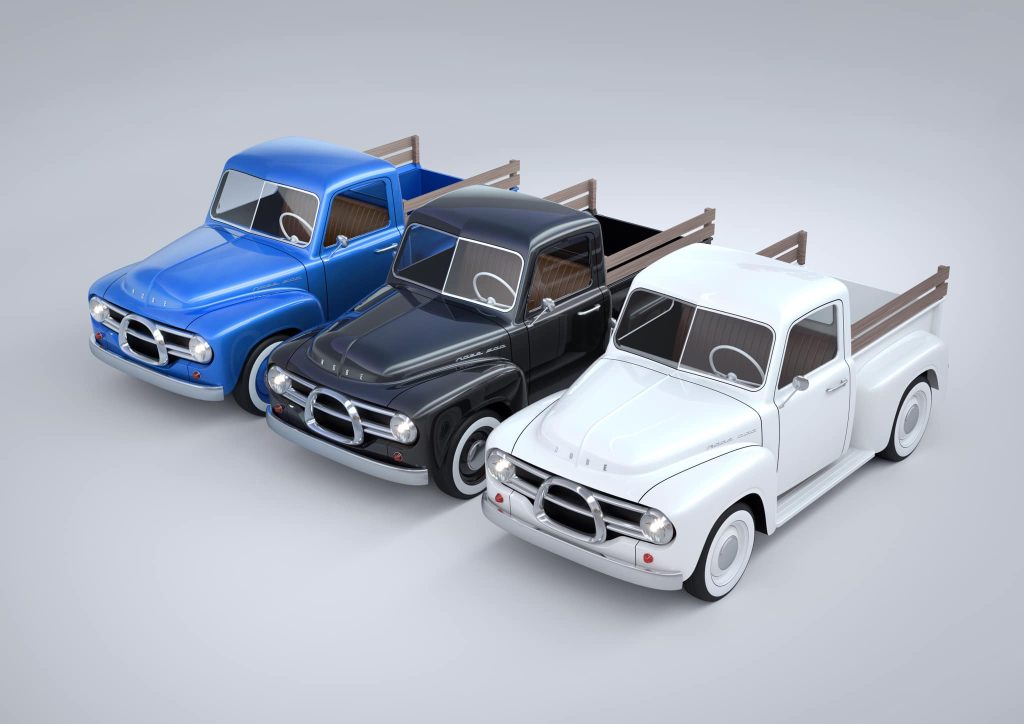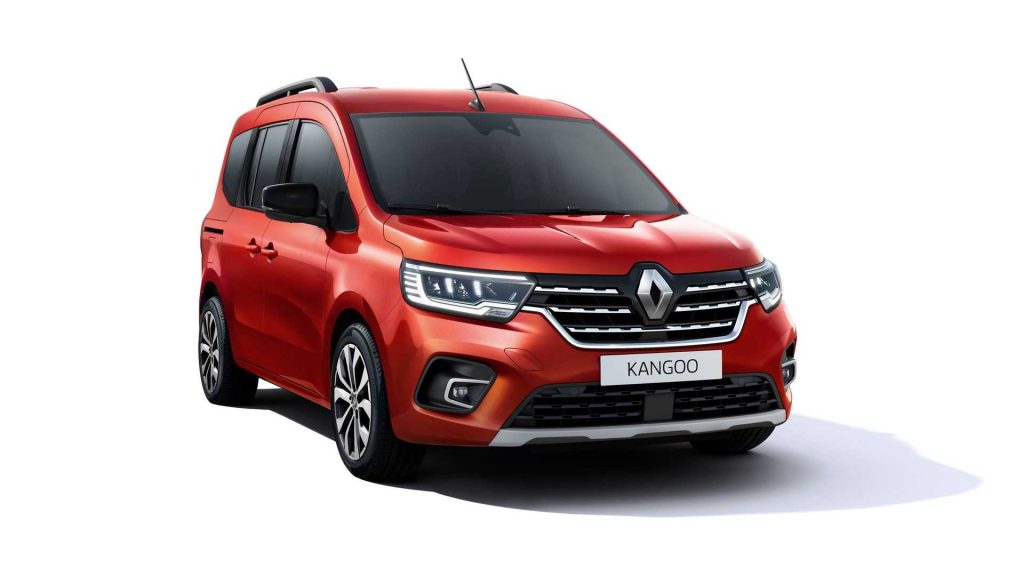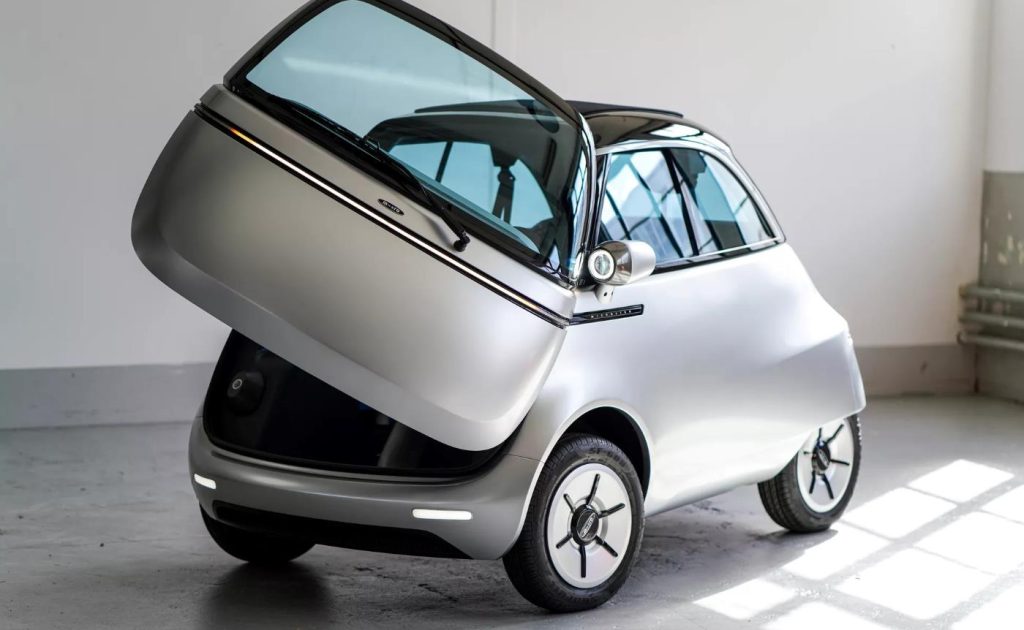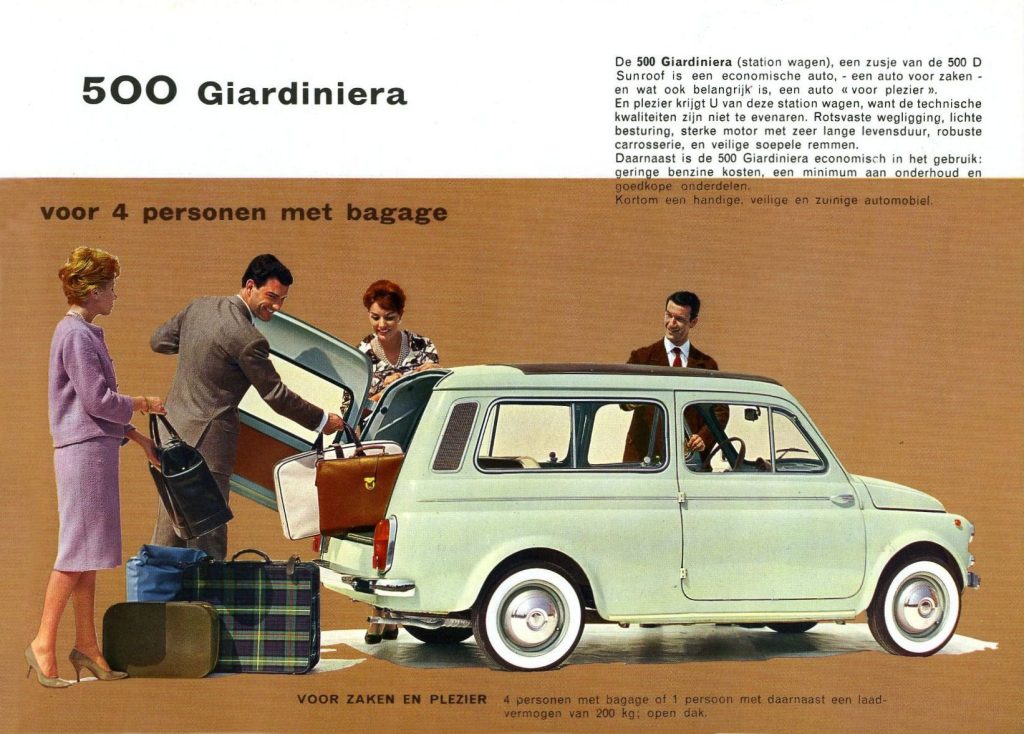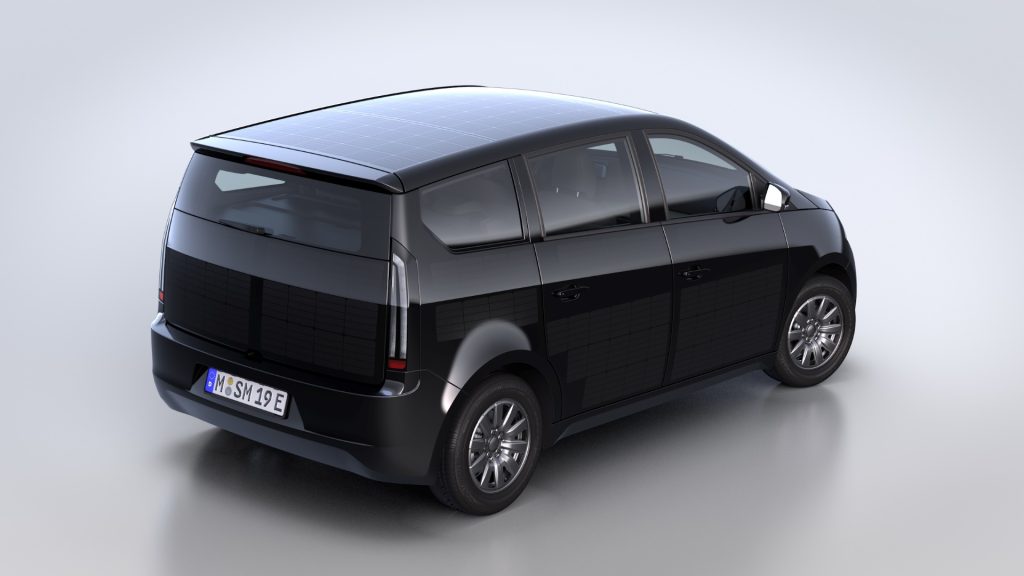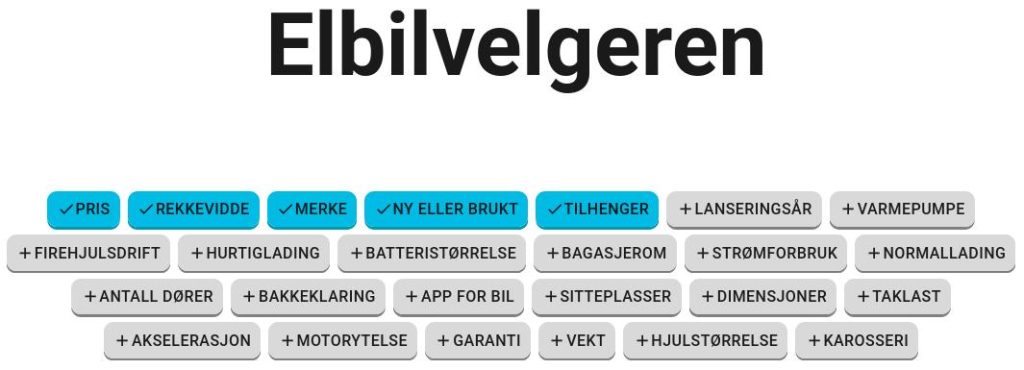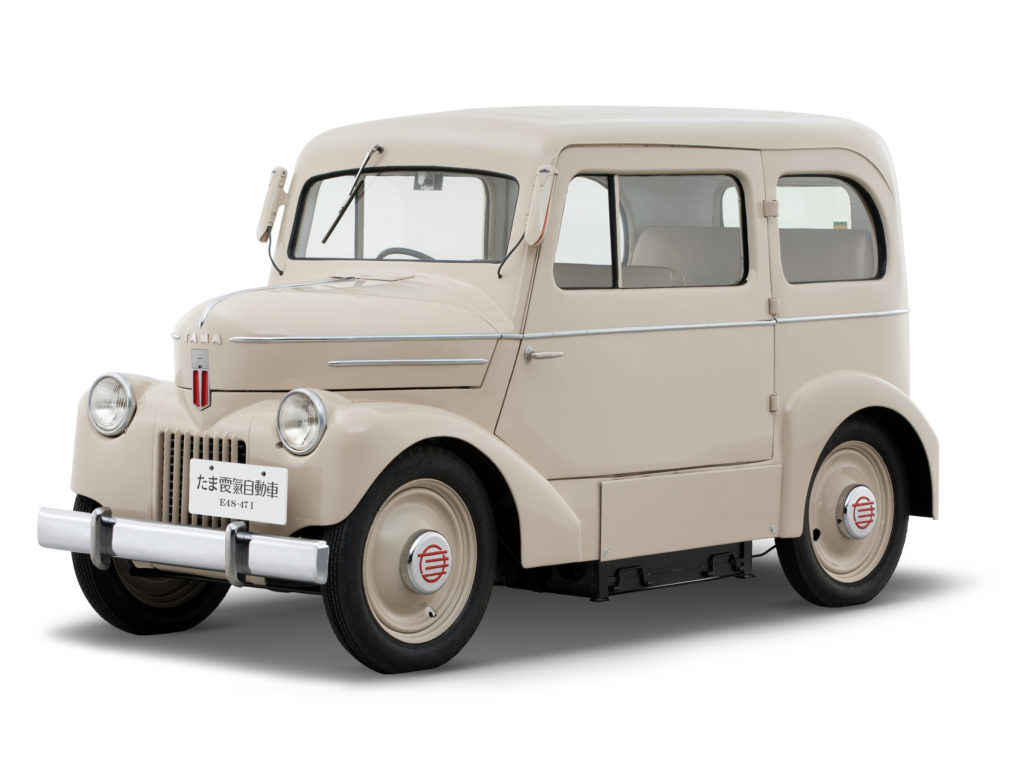This weblog post is to commemorate my 400th weblog post. It follows a previous commemoration, posted on .
Statistics
When a new weblog post is published, 42 notifications are sent out (including one to myself). Of these, 18 are to women, and 24 to men. 26 go to people living in Norway (including 11 in Inderøy), 9 to people in Canada, and 7 to people in USA. Slightly more than half of the people, 22, are retired. I am biologically related to 8 people, and married to yet another. Of my adoptive family, all have declined an invitation to receive notifications. I have known one person for about 68 years, and another for less than a year. I have a relationship with each and every one. On average, 33 people read each post. I do not know who these people are, and I have no intention of finding out.
When I approached retirement, and started writing this weblog more seriously, in 2016, I stated that if readership exceeded 100 people, it was an indication that I was doing something wrong. This is still my belief. However, I have no objections to increasing readership to about that level, on the condition that I know the people or are related to them, or are recommended by people in these two groups.
Spam is not a major problem, but sometimes people I don’t know want to add inappropriate content. The post that has attracted the most spam is one about a Kaiyun Pickman, a Chinese pickup. This week, for example, someone wanted to add an advertisement there for an online casino. Even though I don’t know Paul MF Broadway, I allowed his comment because it was relevant. Relevance is the only criteria for having a comment accepted.
Corona-19
Veritas vos liberabit = The truth will set you free, is the motto of Johns Hopkins University. It is appealing, especially at a time when many politicians don’t seem capable of differentiating truth from lies. It is also Biblical, appearing in John 8:32. Yet, in 2017 W. Bradford Littlejohn described it as both the peril and promise of Christian liberty. Johns Hopkins Coronavirus Resource Center reported over 270 million cases, and over 5 million deaths, in the world, as publication of this weblog post approached. Currently, the omicron variant is dominating the press, if not the pandemic.
I am not impressed with former Norwegian prime minister Erna Solberg who, in a press conference 2021-09-24, announced that people in Norway could return to their normal way of life. This was a lie, but I am uncertain if Solberg is too dense to understand this elementary fact, or if she was wishing ill will on the people of Norway because of her election defeat. There could even be other reasons. In any case, the result was that many people behaved as if life had returned to normal. Shaking hands and not maintaining an adequate social distance are examples of clear violations of acceptable pandemic behaviour. Now, the intensive care wards of hospitals in Norway are filled beyond their capacity with Corona-19 cases. In addition, since everyone knows that government budgets are written in stone, Norwegian hospitals will have to cut back on their services in 2022, because of cost overruns this year. Nurses and other hospital staff are also suffering burnout. Workers, who have the opportunity, are once again required to work from home. Masks are required in stores. Most public activities have been cancelled.
There is increased need for cooperation in many fields related to epidemiology, including the production and distribution of vaccines. Disease seems an inappropriate place for free enterprise/ capitalism, especially during a pandemic where none can be free of Covid-19, until everyone in the world able to be vaccinated is vaccinated. It may be possible to build a bubble, but even New Zealand has experienced that these can pop easily.
Jennifer B. Nuzzo, in a TED talk, compared Covid-19 with the 1904 Baltimore fire caused by a cigarette that destroyed 1 500 buildings/ 2 500 businesses/ 80 blocks. Despite aid from firefighters in neighbouring cities, they couldn’t hook up their hoses because in 1904 there were over 600 variations of hose couplings. This failure resulted in major changes: Data was used to make buildings safer and to improve fire responses; ordinances were passed that ultimately became building codes resulting in fire resistant buildings; fire alarms were installed that could detect and pinpoint fires in buildings; fire drills became standard practice; national standards for firefighting equipment were developed so fire crews had interoperable equipment. In the same way, lessons from Covid-19 will change the world forever. There will be no return to the previous normal.
Climate Crisis
The world is facing a human created climate crisis. On 2021-08-09, The sixth Comprehensive Assessment of Climate Science, a 3949 page report, was published. This report raises important questions, some of which are left to the interested reader to answer. Is libertarian capitalism better at solving social problems than, for example, democratic socialism? Why/ why not? What should be done to improve the situation for the majority of people given that there is increasing inequality in the world? What are the benefits of redistributing wealth and income from the many poor into the tax havens of a wealthy small minority? Are the large number of jobs created meaningful for the people employed? Why/ why not?
Americans spend about 17 % of their GDP on health care, in contrast to 10 % in Europe. That is more than 50 % difference. In USA it is the specifics of health insurance that determine benefits, in Europe there are strict rules that apply to everyone. Which system is better? Why? Is the increased cost of health care in USA beneficial or detrimental?
Should health care be provided as a government service, or should it be open to competition? Why? Private donors collectively make large donations to medical research. Why are the medical charities unable to patent treatments since they are financing so much of the research? Why are drug companies able to patent treatments, and profit from this situation? If this just? What alternatives are available to ensure that everyone receives the health care they need? What should be done to change the current situation?
Bayer owned Monsanto produces seeds that are genetically engineered to grow glyphosate tolerant plants, commonly referred to as Roundup Ready crops. While most plants die when exposed to glyphosate, genetically modified plants experience no ill effects. The genes contained in these seeds are patented and a source of income for Monsanto/ Bayer. Should these genetically modified plants be permitted? Why/ why not? There are a number of conflicting claims related to toxicity and carcinogenicity, especially, that give rise to doubt about the suitability of glyphosates and patented seeds. Monsanto has been found guilty of false advertising, and there are claims that some test results have been falsified.
While I am reluctant to encourage Roundup Ready crops, there are some genetically modified crops that I do support, with golden rice being the best example. Wikipedia tells us, golden rice is a variety of rice (Oryza sativa) produced through genetic engineering to biosynthesize beta-carotene, a precursor of vitamin A, in the edible parts of rice. It is intended to produce a fortified food to be grown and consumed in areas with a shortage of dietary vitamin A, a deficiency which each year is estimated to kill 670 000 children under the age of 5 and cause an additional 500 000 cases of irreversible childhood blindness. Rice is a staple food crop for over half of the world’s population, making up 30–72% of the energy intake for people in Asian countries, making it an excellent crop for targeting vitamin deficiencies.
Of course, some crops (and probably some weeds) take it upon themselves to become Roundup Ready, through genetic modification. The challenge with both of these genetically modified products is that they both involve ethical decisions. Should genetically modified products be available? If yes, then in what form? Why? Why not?
This section on the State of the World was initially written 2020-01-26 at 20:45. It was modified for publication, starting on 2021-08-10 at 10:00.
COP 26
The 2021 United Nations Climate Change Conference = 26th Conference of the Parties (COP26) to the United Nations Framework Convention on Climate Change (UNFCCC), held in Glasgow, Scotland, between 2021-10-31 and 2021-11-12. It is also the third meeting of the parties to the Paris Agreement (CMA3). In 1804, it was estimated that the world population finally reached 1 billion people. It reached 2 billion in 1927, and 3 billion in 1960. On 2012-03-12, the world population reached 7 billion. By 2021-10-17, 7.9 billion milestone was reached, heading to 8 billion in 2023. This growth is unsustainable.
In particular, I am concerned that the wealthier nations have reneged on their promise to provide $100 billion, that they promised during the Copenhagen climate change conference in 2009, to help developing nations strengthen their resilience to climate change. Thus, I am in full agreement with Tasneem Essop (? – ), a South African who is the executive director of Climate Action Network, that the third proposed final text is a clear betrayal of the world by rich nations.
I am also in agreement with Saleemul Huq (1952 – ), a Bangladeshi, who is director of the International Center for Climate Change and Development, and a senior associate of the International Institute for Environment & Development, that the world is facing two climate change problems: the old one of preventing catastrophic impacts for everyone if we go above 1.5 C and a new one of dealing with the loss and damage already happening due to increase of 1.1 C!
On Saturday, 2021-11-13, Extinction Rebellion protesters, with a piper leading a procession through the gravestones of Glasgow’s Necropolis, then lay in front of tombs declaring Cop26 and all the summits prior to it as a failure. Karen, from the Isle of Barra, said: “We are here grieving for a planet that has been sacrificed by the failure and stupidity of Cop26. The bare minimum needed from Cop26 were commitments to leaving oil in the ground and an immediate halt to fossil fuel funding. Anything less than that is idiocy. We know exactly what we need to do and we’re not doing it.”
Living in the past
Stellantis is a multinational automotive manufacturing corporation formed in 2021 merging Italian-American Fiat Chrysler with French PSA Group. The company is headquartered in Amsterdam. Currently, it is the sixth-largest automaker worldwide. Despite this, CEO Carlos Tavares is unhappy. He doesn’t like making electric vehicles, and claims that these have been imposed on his company, and are unprofitable.
This is the challenge of being a laggard, hoping electrification won’t happen. Now that it is inevitable, he complains that automotive industry electrification brings 50 percent additional costs against a conventional ICE vehicle. He states that these additional costs cannot be passed onto the final consumer, because most of the middle class will not unable to pay that price.
My reply to Stellantis, is to encourage them to shut down their entire automotive manufacturing activities. Let the Chinese, Vietnamese and other manufacturers take over. Despite the rhetoric, Stellantis has said that it is investing €30 billion through 2025 to build new EV platforms to support a series of new electric vehicles across its brands.
Profitability is not an industry problem. Other automakers have been able to make reliable and profitable electric vehicles. There are cost issues because of inflation and global supply chain problems. However, there are also benefits. Battery costs are now (2021) $132/ kWh. In 2016, five years ago, they cost $350/ kWh.

The Vinfast VFe35 is a 5 seater, all wheel drive SUV made in Vietnam. It provides a 300 kW motor with 640 Nm of torque, and a 90 kWh battery, for a WLTP range of 500 km. It is 4 750 mm long, with a 2 950 mm wheelbase. In comparison, a standard Tesla Model Y offers a 150 kW motor with 350 Nm of torque, and a 50 kWh battery, for a WLTP range of 390 km. It has the same length (4 750 mm) but has a slightly longer wheelbase at 2 981 mm. Both vehicles are being provided with over-the-air updates.
Living in the Present
Ecuador has enshrined the rights of nature in its rewritten 2008 constitution. The Guardian newspaper reports that the Ecuador constitutional court decided 2021-12-01 that mining permits issued in Los Cedros, a protected area in north-west Ecuador, would harm the biodiversity of the forest, which is home to spectacled bears, endangered frogs, dozens of rare orchid species and the brown-headed spider monkey, one of the world’s rarest primates. Enami EP, Ecuador’s national mining company, held rights for mining concessions that had been granted in two-thirds of the reserve. The decision means that mining concessions, environmental and water permits in the forest must be cancelled, not just for Enami, but throughout Ecuador.
Some regard the Rights of Nature as important as Thomas Paine’s (1737 NS – 1809) Rights of Man (1791/ 1792), a key text in the American Revolution that defends the French Revolution (1789 – 1799) against Edmund Burke’s (1729 NS – 1797) attack in Reflections on the Revolution in France (1790). One of Paine’s main arguments was that human rights originate in nature, and cannot be granted politically, because that would implies that they are revocable, in essence, that they are only privileges.
Rights of Man proposed many practical reforms. It was directed mainly at the British government at the time, but has application today: a written constitution composed by a national assembly; the elimination of aristocratic titles, because democracy is incompatible with primogeniture; a national budget without allotted military and war expenses; lower taxes and subsidised education for the poor; and, progressive income tax to prevent a re-emergence of a hereditary aristocracy.
Mica Peck (? – ), an ecologist and senior lecturer in biology at the University of Sussex, apparently of Finnish ancestry, but born in Ecuador, comments: “It is important for the world to reflect on the limits of nature and to seriously question the effectiveness of current conservation policies and actions. Policy frameworks that place humans in context as a part of nature, integrated into a system that balances intrinsic rights between legitimate subjects of the law, rather than placing humans as above, or apart from, nature, will be a necessary part of addressing the serious environmental issues that our planet is facing. This ruling is as important to nature as Thomas Paine’s Rights of Man were to our own species.”
My hope is that other countries will enact similar ecological provisions in their own constitutions.
Present Reality
With my eyes slowly failing, I intend to concentrate more on audio than video, but using computers as visual assistive/ enlargement devices where necessary. Building construction is another of my interests, but will stop when our residence since 1989-03-01 becomes suitable for a couple of old people to live in. Hopefully, by the time I am dead and gone, one or more of my children will decide that they too want to live in a house suitable for old people, but will fix it up to suit their own particular needs. My only request is that they spare the lives of some of my favourite trees.
Priorities
Recently, I came across advice on how to prioritize activities. The first step was to make a ranked list of the top 25 categories of activities one would like to engage in. The second step was to note activities six to twenty five, and to develop a strategy to avoid them. That is because these activities are so seductive, that they will take time away from the top five activities.
Compiling this list has taken some months already, but I have managed to put two items on it: writing and electronics. Then I took exception to the second item. Electronics is probably the wrong term to use, it is too narrow. Mechatronics covers it better.
Smartwatch

Somehow two Wyze smartwatches, have materialized in our house. These are a 44 model, for Trish, and a 47 model, for myself. These arrived without incurring any costs. This miracle occurred through the natural process of producing and raising a child, who ended up paying for these two watches and giving them to us. Thank you, Shelagh.
I am not exactly sure that they are going to work, as desired. Neither of us have worn watches for at least twenty years. However, we both come equipped with unused watch pockets on our respective jeans and chinos. Thus, the intention was to fill these pockets with a watch, that could be taken out to undertake common tasks, as needed. The first task is that a digital watch can always show the exact time, to within a few milliseconds. I especially wanted to have the time displayed with large digits, in a bright colour that contrasts with a dark background. This eliminates the need to have clocks located in rooms. The watch can also act as a timer that follows the person who needs it, rather than being located at the device (such as a stove top) being timed.
Despite their relatively small size, a HHD is sometimes too large to be carried about continuously. Personally, I am forever taking my HHD out of my pocket, and laying it on a desk or workbench. A smartwatch is considerably smaller, and can stay on a wrist or in a watch pocket. Thus, it can be much more effective at helping people remember events by sending notifications (accompanied by vibrations in advance of an activity) that are actually received by the user.
Some digital watch apps can be very useful. NightWare is a digital therapeutic device that currently fitted to an Apple Watch to interrupt post-traumatic stress disorder (PTSD) related nightmares, by measuring heart rates and body movements. Other people may have other sleep disturbances that could benefit from similar interruptions to their sleep. This would require that the watch be worn!
Personal Data Assistant
In the 1990s, I considered buying a Psion 3 personal digital assistant (PDA). Charles Stross (1964 – ) regards the Psion 3 as an unsurpassed PDA because of its long battery life (20 to 35 hours) with 2 AA batteries, its stable and versatile software and its durable hardware. Others describe over twenty years of daily use with models such as the Psion 3mx. While Psion is English, the company had a major Canadian presence, with offices/ operations in Mississauga, Ontario. It was often compared with an American made Palm.
One of the mechatronics projects I am considering working on is a revitalized Psion, which would not be a recreation of a 1999 Psion 5mx Pro, but an extension of it, based on a Raspberry Pi Compute Module (CM), or other microprocessor, and using other 21st century components/ processes. What I miss on a HHD/ smartphone is a keyboard. I also prefer working in a landscape (in contrast to portrait) format. Thus, an updated Psion would have its case and keyboard recreated with a 3D printer. Originally, the EPOC/ Symbian operating system (OS) was used with applications for word processing, spreadsheets, databases, email, contact and diary management. The Open Psion Language (OPL) was available for software development. OpenPsion, formerly PsiLinux, is an open source project that attempts to provide a more modern OS for the Psion. The ultimate success of the project would to have the device actually function as a HHD, with phone capabilities.
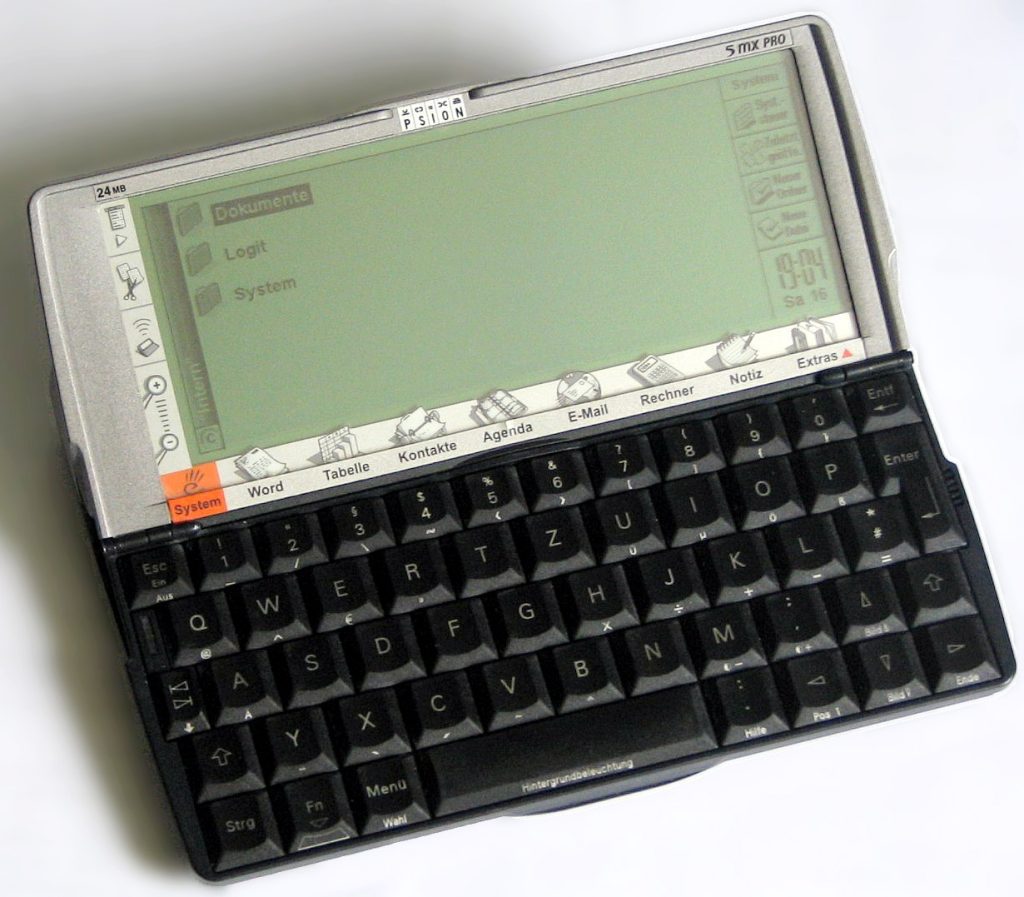
The Future
As before, I continue to encourage people to write weblogs, rather than to use exploitive social media. In 2018, I quoted Bill Blunden in a weblog post about the challenges of social media, titled Social Media Revisited. The Guardian recently published an article that explains how social media, and Facebook in particular, is exploiting people. Restrict social media to friends and family, and perhaps a few others you don’t know that well, to keep it honest. Write about the topics that interest you that others might be interested in.
Jacinda Santora, 2021-08-27, made a list of 103 social media sites. Here, people may find one or more that suit their personalities. While some sites are huge, others like Goodreads or Pinterest are just large. Some people prefer one or more of the Reddit flavours, because of their own special interests. Some days, I even visit Ello.
The two social media platforms I do encourage are Diaspora and Mastodon. Only the former is on Santora’s list. Diaspora is a nonprofit, user-owned, distributed social media platform with independent nodes/ pods interoperating as a network. Mastodon is a self-hosted social networking service, with microblogging features, similar to Twitter. I have (largely unused) accounts at both. For further details, Wikipedia has articles on Diaspora and Mastodon.
Former president, Donald Trump, seems to be a fan of Mastodon. To avoid a lawsuit, his social media site, truth.social is acknowledging that the computer code powering the platform comes from Mastodon. He writes: “Our goal is to support the open source community no matter what your political beliefs are. That’s why the first place we go to find amazing software is the community and not ‘Big Tech’”. The Open Source section appeared 2021-11-12, two weeks after Mastodon threatened to sue Trump’s platform for violating its open-source license, that allows anyone to use it freely, but on the condition that the code and any ensuing modifications be made publicly available, allowing the entire Mastodon community to benefit.
Notes
I am disinclined to use a hand-held device (HHD) = smart phone (most often), for notes. It is not merely that I prefer a keyboard to a touchscreen, it is their lack of a suitable (read: fast) drawing tool that is most irritating. In addition, I find the lack of a visible file system annoying. During my working life, I used to carry a planner with me, with a page for each working day, plus a page for the weekend, so that each week occupied three sheets. While both calendar and note apps are found on my HHD, I seldom used either. There is too little to do that requires me to make a note of times and dates, so they either don’t get written down, or – if they do – the calendar isn’t consulted when needed. This means that I sometimes forget about (zoom) meetings that I want to attend. Around the house and when visiting building supply shops I carry a yellow A5 hardcover project book with 240 grid/ squared pages, with 4mm squares, that I do use. Here, I write notes with a V-ball pen with blue liquid ink, emerging from a 0.5 mm tip. The use of a pen is deliberate, so that any changes will be clearly visible.

Earlier this year, lacking pen and/ or notebook, I started taking notes on my hand-held device (HHD), using an app labelled Notes. Some days later, I was using Nextcloud, a server-client program on my desktop machine, and came across these same notes. They had been automatically copied from the HHD to the server, and were available to all of my other devices. Because of its built in privacy and security features, these were not available to anyone else using Nextcloud, although they could be sent to others using Warpinator (for other users of the server) or Signal (to a somewhat wider audience). Then again, they could be added to an email to allow contact with anyone.
In this very undramatic fashion, I had accidentally found a solution that had troubled me for years. My advice here is simple. People should acquire a server, even if it is just a minimal solution involving an inexpensive, single board computer such as a Raspberry Pi, and some form of storage. Then they should install Nextcloud, or some other server-client software, to run that server, as well as on all of their other devices.
For those wanting a more detailed history of my route to this discovery, this weblog post will end with its story. It is not for everyone, especially those with demanding children or other time constraints.
My outpouring of words in this weblog probably reflects an inability to keep a diary or a calendar, plus a dopamine addiction. On 2019-09-29 I decided to do something about this and started an experiment. It started because I wished that I had some form of a register so that I could look up what I had done with some missing bookcase hardware. Yes, I am aware that wiser people tape or in other ways affix hardware to the uprights, or at least shelving, so that the screws and other bits don’t wander off to party at more exciting locations in the universe. This attachment didn’t happen.
My significant other keeps many diaries, with names like garden, knitting, sewing and general. I’m not sure that such an arrangement would help me. While I’ve never actually read these books, I’ve had parts of them read to me – and they seems to deal mainly with weather and gardening events, perhaps even a record of visits or meals, for all I know. What I can’t imagine is any reference to screws, let alone one that details where a particular set of screws were stored.
The problem with diaries is their chronological nature. They are traditionally written in books made of paper. This might be useful for tracking some events, but not for most things. What the world needs is a digital diary, with what used to be called hyperlinks.
Unknown to me, but not unexpectedly, Digital Diary turns out to be a commercial Microsoft product, when I searched using these terms. I changed my search terms, adding open source, which brought me to SourceForge, which listed 26 open source search results. Twenty-five programs listed that they had between 0 and 3 downloads this week, with many of these programs claiming they were last updated in 2013.
Lifeograph was the exception with 53 downloads this week. It was recently updated (2019-09-18) and claimed: to be a private digital diary, for taking personal notes on life; to have all essential functionality expected in a diary program and strives to have a clean and streamlined user interface.
A more general search resulted in finding RedNotebook, described on SourceForge as open source time tracking software. It had 121 downloads that week, and was updated 2019-04-07. Features include: Text formating with bold, italic or underlining; tag and search entries; Insert images, files and links to websites; Links and email addresses are recognized automatically; Spell checking; Search-as-you-type; Automatic saving; Backup to zip archive;Word clouds with most common words and tags; Templates; Export to plain text, HTML or Latex; Content is future-proof: data is stored in plain text files; Translated into more than 30 languages.
The challenge with both of these products was their inability to update content on multiple machines automatically. As a user of three different machines, I was left with three incompatible versions of notes, unless I used excessive efforts to merge them.
Fast forward to 2019-10-25 and I downloaded and installed a third program, Simplenote, from Automatikk, the company that makes WordPress. Its main advantage, is that it allows one to have the same content on different machines. That is fine, but I am reluctant to let Automatikk store my data on its cloud. Since this was a test, I installed it on my VivoMini desktop machine, my VivoBook laptop both running Linux Mint, and my Xiamio Pocophone F1 hand-held device (HHD) running Android.
On 2020-11-23, more than a year later, I ended my experiment with Lifeograph, RedNotebook and Simplenote, and wrote this summary, timestamped at 18:47. There wasn’t much data collected, but my intuition allowed me to declare Simplenote as the winner. Yet still, I was unhappy, and the winning program was never used.
Have fun everyone, and thanks for reading!


